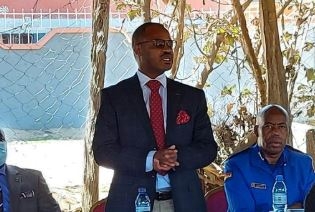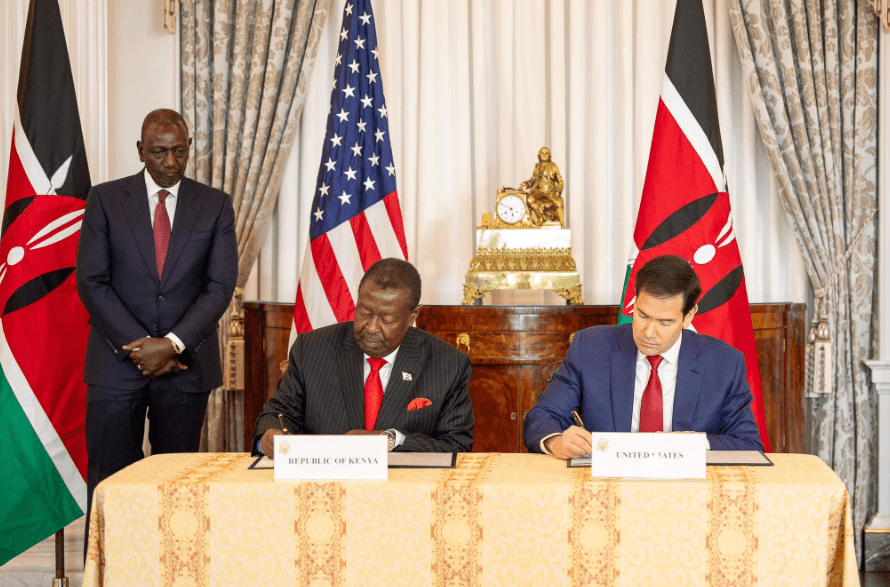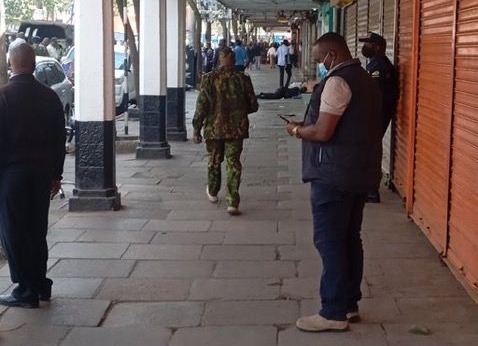From the perspective of a bright sunny day, Nairobi City’s beauty, grandeur and spellbinding skyline move residents and visitors alike.
Yet, a few weeks ago, the deluge that has visited one of Africa’s most iconic cities has unsettled the rich and poor alike.
From the serene leafy suburbs of Karen, Lavington and Runda, to inner city neighbourhoods to the informal settlements of Kiamaiko, Kibra slums to Mathare.
Losses of lives, property and businesses continue to be counted, even as the rains continue to pound the capital and its environs.
Hitherto, initial reports indicate approximately 160 lives are counted lost, homes destroyed, tin-roof shelters swept away, and property of untold value visibly lost.
The sight of destruction in the flood’s aftermath is heart-wrenching, the scale mind splitting and altogether the effect eternally tragic.
The coming together of leaders despite their political differences, teaming up of community-based organisations and individual efforts of Kenyans to the crisis is heartwarming.
It is also proper to appreciate the immediate response by Nairobi City County’s response to the flood disaster.
On the morning after the first major flooding was reported, we saw Nairobi's top leaders in Mathare, Kiamaiko and Shofco and DCC in Kubera, and thereafter they convened the county’s Disaster Management team.
The county’s emergency communications and disaster victim identification remain rapid and appropriate.
This has been swiftly followed by the activation of the county’s emergency operations centre, which has since led spirited and tireless efforts of evacuating threatened populations.
They have also opened shelters and provided mass care across the seventeen sub-counties, spearheaded emergency rescue and medical care missions, firefighting readiness, and urban search and rescue to help family members who are still in search of their missing loved ones.
Disaster Preparedness and Response Planning initiatives have been precipitously evident in the past many days of sadness, with efforts directed at opening up clogged waterways, dispatching medical teams for necessary support, and distributing foodstuffs, beddings and water to the many city residents rendered homeless, and presently being sheltered by the county government in temporary camps.
City Hall staff have continued to demonstrate commitment and sacrifice of missionaries to ensure that no needy cases are left in harm’s way.
Waiving statutory fees for building renovations and repairs following the effects of the rains, as a necessary and humane response among the many interventions following the April cloudburst was a key move.
The side-lines of City Hall’s round-the-clock emergency response efforts, the governor has led the county’s disaster response team to join efforts with the national inter-ministerial disaster response committee, and other humanitarian actors, to assess the needs of those affected across the county and provide immediate relief.
It is encouraging to see the sobriety of collective concern among politicians in the face of the flooding emergencies, with politicians from across the divide working together to assuage the agonies presently being endured by city residents.
President William Ruto has taken the lead in shaping the nation’s emergency response interventions by chairing the multi-sectoral emergency committee and directing the unreserved deployment of national resources to save lives, reduce further destruction, repair roads and bridges, and provide requisite relief including medical and psychosocial support to families.
Much more needs to be done to meet the urgent needs and distribute relief supplies to the most vulnerable, with a specific focus on women, girls and people with disabilities.
Such tragedies, uninvited as they always are, have a way of testing the city’s disaster management and response capacity, including our national preparedness when catastrophe strikes.
This April deluge has, no doubt, tested the capital’s capacity for disaster management, stretched its limits, and provided pointers to valuable lessons concerning mitigation, preparedness, response, and recovery.
Above all, there is a need to re-evaluate our approach to urban planning, drainage design and planning, and rainwater harvesting measures.
The urgent need for an intergovernmental programme for the enhancement of emergency response cannot be gainsaid.
Yet, in the face of the flood disaster’s lessons in this classroom without walls, City Hall’s response and management of interventions is praiseworthy.
Javas Bigambo comments on political and governance issues.














